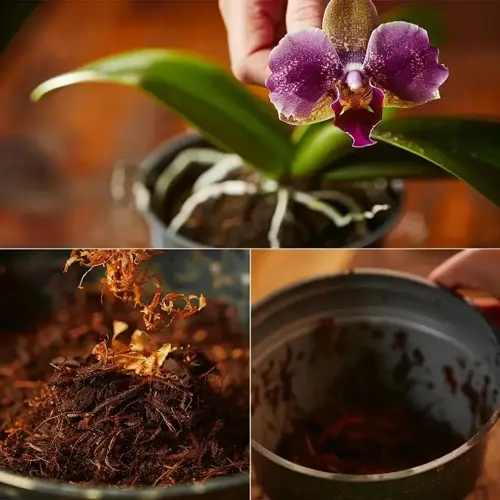Can lawn mowing spread fungal diseases?

Written by
Michael Sullivan
Reviewed by
Prof. Martin Thorne, Ph.D.Mowers can undoubtedly transmit fungal diseases by transporting spores from infected to healthy turf. The blades act as brushes, picking up microscopic pathogens. I have witnessed yards that became infected after just one mowing over contaminated areas. The transfer happens completely underground without any visible indicators of problems.
Spores from fungal pathogens get stuck in grass clippings and mower blades. Wind generated by mower blades can distribute spores up to 20 ft. If the grass is wet, the spores are in even worse shape, as the moisture will help the spores stick to mower blades. Inspect your lawn for early symptoms of a disease, such as an odd-looking spot on the grass, before mowing.
Blade Sanitization
- Clean with 10% bleach solution after mowing infected areas
- Scrape debris from mower deck weekly during disease seasons
- Replace blades annually to maintain sharp clean cuts
Mowing Sequence
- Mow healthy areas first before contaminated zones
- Bag clippings from diseased sections immediately
- Avoid overlapping mower paths between infected/healthy turf
Environmental Controls
- Delay mowing until dew fully evaporates
- Suspend cutting for 48 hours after heavy rain
- Improve airflow by trimming shrubs near affected zones
Recognize high-risk situations promptly. Mowing in the rain or within 24 hours of rain produces favorable spore conditions in distribution. Mowing while fungal growth is initiating and is visible as cottony mold results in longer distribution behaviors. I mark contaminated areas with flags, and mowers also avoid these areas until treated.
Ensure that contaminated equipment is thoroughly disinfected. Spray a disinfectant agent on the blades of the mower after mowing diseased areas, and then run that mower at a high speed to dry the disinfectant. Store with contaminated equipment, separated from clean equipment. According to turf studies, these steps are effective in eliminating reinfection with an efficiency greater than 80%.
To recover from areas infected with the spread, isolation is necessary. This process involves roping off infected areas and spraying them with fungicide, allowing the areas to be cut again, and then resuming mowing in the contaminated areas. Healthy lawns, using these isolation strategies, will recover their appearance in four to six weeks. Maintaining continuous preventive strategies will enable homeowners to keep their turf grass disease-free year after year.
Read the full article: Brown Patches Lawn: Causes and Solutions

